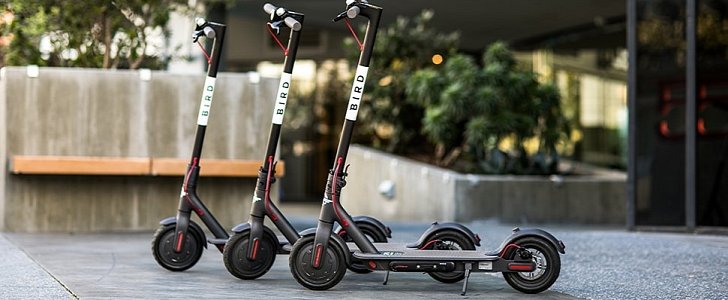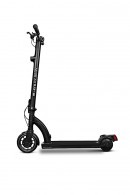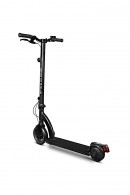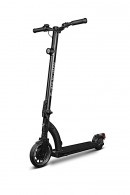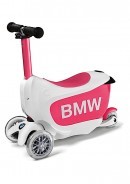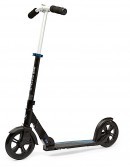Micromobility services are often touted as a solution for first- and last-mile connection in crowded urban environments, and now there are figures to back it up.
INRIX, a Washington-based transportation data company looked at over 50 million anonymous car trips in congested areas in the U.S. and determined that almost half of them – 48 percent, to be more accurate – are under 3 miles. In other words, these drivers spend too much time stuck in traffic when they could get to their destination faster otherwise.
At the same time, micromobility solutions like scooters are typically used for distances between half a mile and one mile, while bicycles are used for longer stretches, between one and three miles. If these solutions substituted individual vehicles, the benefits could be massive, INRIX concludes.
“Micromobility (defined as shared bikes, e-bikes and e-scooters) has the potential to deliver substantial benefits to consumers and businesses around the world, including efficient and cost-effective travel, reduced traffic congestion, decreased emissions and a boost to the local economy,” the study commissioned by the company reads.
Of the U.S. cities that would most benefit from the switch Honolulu, New Orleans, and Nashville, rank highest, especially since they also have warm weather all around and minimal topographic variation. Chicago, Charlotte, New York, Portland, Pittsburgh, Los Angeles and San Francisco complete the top 10 of U.S. cities with most micromobility potential.
Of course, theory doesn’t always translate into solid practice. For micromobility to be an efficient solution in all urban areas, to be able to reduce traffic congestion and decrease emissions, city authorities would have to keep in mind 2 important aspects, INRIX warns. They must have a “clear understanding of where micromobility is best positioned to offset vehicle travel” and they must have “the necessary tools to engage with and manage these services.”
This can be done through a common platform that would allow them to leverage trip data and insights, and to guarantee easy access, safety and efficiency. Adoption of micromobility solutions would have to be organized and controlled, encouraging people to opt for them instead of the car for first- and last-mile connections.
At the same time, micromobility solutions like scooters are typically used for distances between half a mile and one mile, while bicycles are used for longer stretches, between one and three miles. If these solutions substituted individual vehicles, the benefits could be massive, INRIX concludes.
“Micromobility (defined as shared bikes, e-bikes and e-scooters) has the potential to deliver substantial benefits to consumers and businesses around the world, including efficient and cost-effective travel, reduced traffic congestion, decreased emissions and a boost to the local economy,” the study commissioned by the company reads.
Of the U.S. cities that would most benefit from the switch Honolulu, New Orleans, and Nashville, rank highest, especially since they also have warm weather all around and minimal topographic variation. Chicago, Charlotte, New York, Portland, Pittsburgh, Los Angeles and San Francisco complete the top 10 of U.S. cities with most micromobility potential.
Of course, theory doesn’t always translate into solid practice. For micromobility to be an efficient solution in all urban areas, to be able to reduce traffic congestion and decrease emissions, city authorities would have to keep in mind 2 important aspects, INRIX warns. They must have a “clear understanding of where micromobility is best positioned to offset vehicle travel” and they must have “the necessary tools to engage with and manage these services.”
This can be done through a common platform that would allow them to leverage trip data and insights, and to guarantee easy access, safety and efficiency. Adoption of micromobility solutions would have to be organized and controlled, encouraging people to opt for them instead of the car for first- and last-mile connections.
